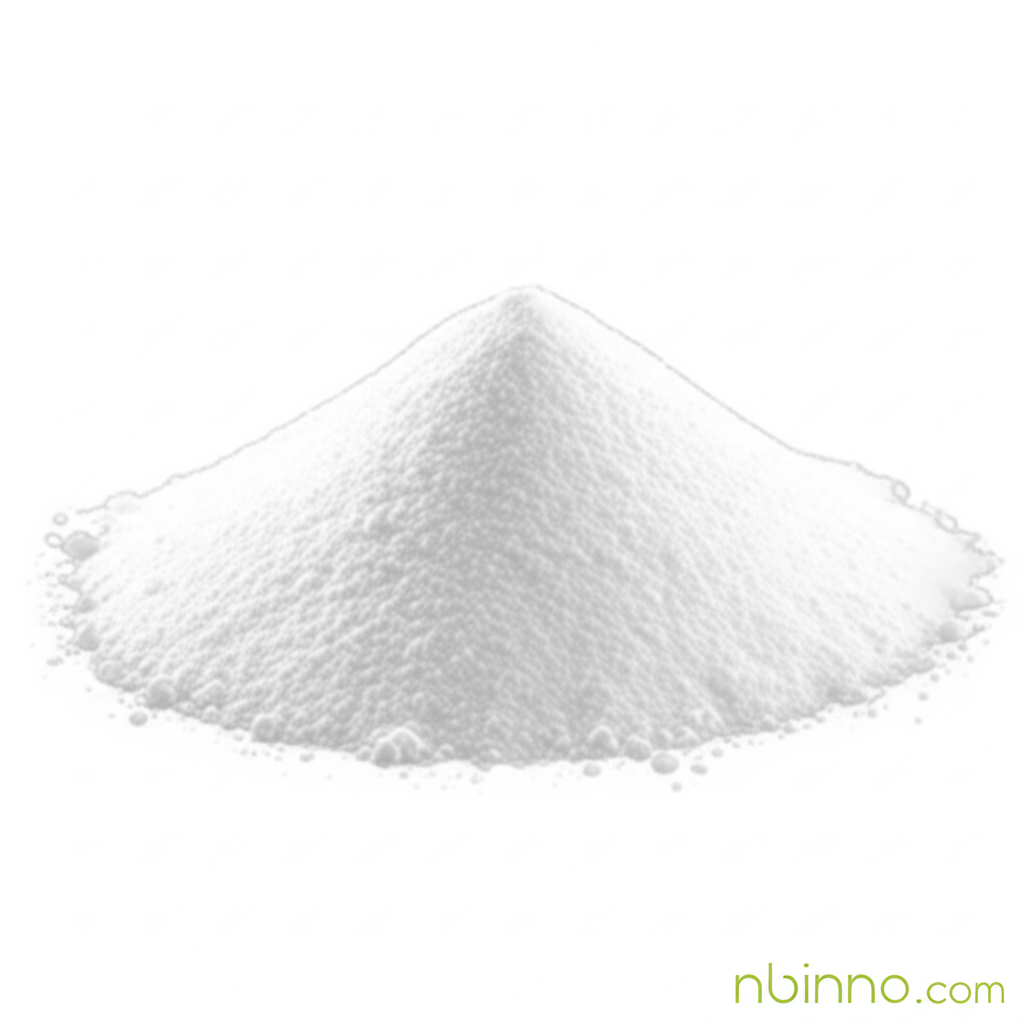Tetrahydropalmatine: A Comprehensive Review of its Properties, Applications, and Therapeutic Potential
Explore the multifaceted benefits and scientific insights into this potent isoquinoline alkaloid.
Get a Quote & SampleProduct Core Value

Tetrahydropalmatine
Tetrahydropalmatine (THP) is a significant isoquinoline alkaloid extracted from plants like Corydalis and Stephania. Renowned for its diverse pharmacological activities, THP is extensively studied for its potential in pain management, addiction treatment, inflammation reduction, neuroprotection, and as an anticancer agent. Its unique mechanisms of action, involving neurotransmitter systems and cellular pathways, make it a compound of considerable interest in pharmaceutical research and development.
- Leverage the analgesic properties of Tetrahydropalmatine to address various pain conditions, offering a natural alternative for pain relief.
- Investigate the potential of Tetrahydropalmatine in addiction treatment by modulating key neurotransmitter systems for comprehensive recovery support.
- Utilize Tetrahydropalmatine for its anti-inflammatory effects, targeting inflammatory pathways to combat disease development.
- Explore the neuroprotective capabilities of Tetrahydropalmatine to safeguard neural cells and support cognitive function.
Key Advantages of Tetrahydropalmatine
Versatile Therapeutic Applications
The broad spectrum of pharmacological activities, including its potent analgesic properties and effectiveness in addiction treatment, highlights the versatility of Tetrahydropalmatine in addressing complex health issues.
Natural Origin and Potential Safety Profile
Derived from natural plant sources, Tetrahydropalmatine presents an opportunity for developing treatments with a favorable safety profile compared to some synthetic alternatives, though further toxicological studies are ongoing.
Mechanistic Insights
Understanding the Tetrahydropalmatine mechanism of action, involving modulation of dopamine and other neurotransmitter receptors, provides a strong foundation for targeted drug development and personalized treatment strategies.
Key Applications
Pain Management
As a Tetrahydropalmatine analgesic, it offers relief for various types of pain, from acute to chronic conditions, potentially through mechanisms involving neurotransmitter modulation.
Addiction Treatment
Research into Tetrahydropalmatine for addiction treatment focuses on its ability to interact with reward pathways, offering a novel approach for managing substance dependence.
Anti-inflammatory Therapy
The anti-inflammatory effects of Tetrahydropalmatine are being explored for conditions involving inflammation, potentially by regulating inflammatory cytokines and signaling pathways.
Neuroprotection and Neurological Disorders
Tetrahydropalmatine shows promise in neuroprotection, potentially mitigating damage in neurological diseases and improving cognitive functions through its interactions with neural systems.
